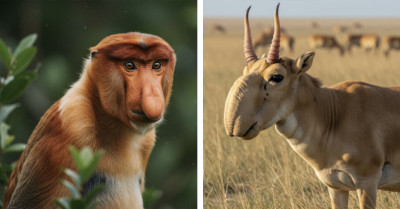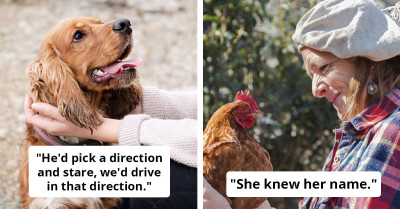National Park Service Hired The Perfect Social Media Person Who Created A Hilarious PSA On What To Do In Case Of A Bear Encounter
Would you know what to do if you encountered a massive, 1,200-pound adult grizzly bear while hiking? Should you play dead, yell and wave your arms, or trip your best friend while running away?
While the U.S. National Park Service has officially advised against sacrificing your best friend during a bear encounter, they shared a handy PSA on what to do and what not to do if and when you encounter a bear.
From NOT running and NOT climbing trees to NOT pushing down a slower friend, their advice is both practical and relatably funny. As Dr. Daniel Goleman, an emotional intelligence expert, notes, “Humor can help diffuse tension and make serious messages more palatable.”
A jaw-dropping 55K Facebook users love their brand of sharing useful advice with a comedic flair. The National Park Service has beautifully curated its fanbase with its information, humor, and stunning pictures.
They’re very active on both Instagram, with 1.6 million and 3.8 million followers, respectively. The Park Service accounts have been praised repeatedly for their great sense of humor.
Matthew Turner, the brain behind the silly captions and wisdom on the National Park Service’s Facebook, Twitter, and Instagram, shared in an interview that they use a “safety with a smile” approach when it comes to educating people.
“Our goal on social media is to educate people as we welcome them, showcase the best of what the parks have to offer, while also encouraging visitors to recreate responsibly, respect park resources, avoid getting too close to wildlife, and take time to enjoy a park,” Matt explained.
In order to convey this information, “we often infuse a little ‘safety with a smile’ as a way to package information in a more engaging and entertaining way.” While many in the public might not expect silliness and humor from a government agency, Matt believes “it grabs their attention and gets them thinking.”
Keep scrolling for some important Bear Safety Facts and a nice chuckle. ```
"Bear resting on a log thinking bear things"
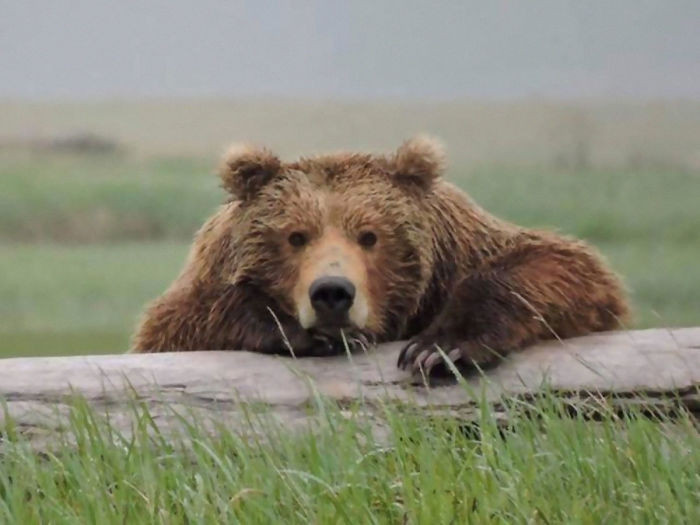
They start off strong with a funny twist on a clear message

Then they dive into the nitty-gritty
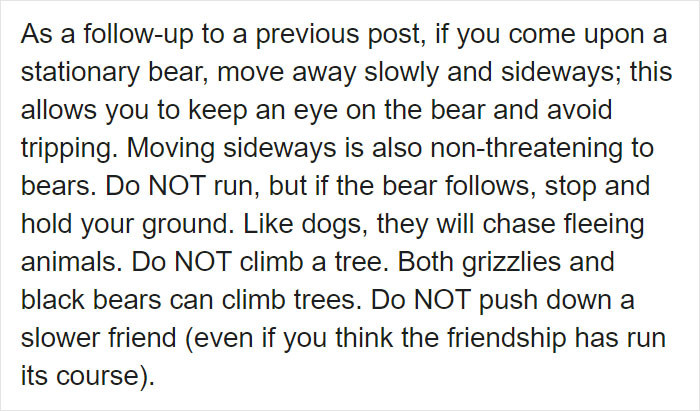
They outline some simple tricks for when you come across a bear in the wild. Move away slowly and sideways so you can keep an eye on the bear and not trigger its instincts to chase prey.
They continue with crucial information about black bears and grizzlies: they climb trees! So, trying to evade one of those bears by climbing a tree is not a great idea.
And of course, don't push a friend, even if the friendship has run its course. Bears usually just want to be left alone, so if you identify yourself as a human and not prey, they'll typically leave you alone.

The best way to let them know you're human is to use your voice since apparently bears don't care about our opposable thumbs or ability to wave. And to note, while extremely intimidating, a standing bear is usually only curious, not threatening.

And a silly send-off to close out the thread!

The National Park Service previously released this humorous poster

This isn't the first time they've highlighted the importance of friendship
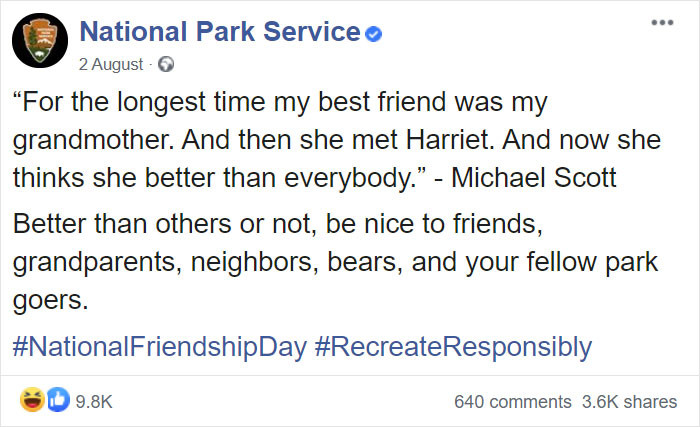
Facebook users loved their use of humor alongside information

Freddie just goes out of his way to stay out of their way

Bears are increasingly common in some suburbs

Being able to bear witness is a treasure

Matt shares his thanks, as the "bait" of his friend group

Their dad obviously had outdated advice

NPS DOES keep the world a happy place
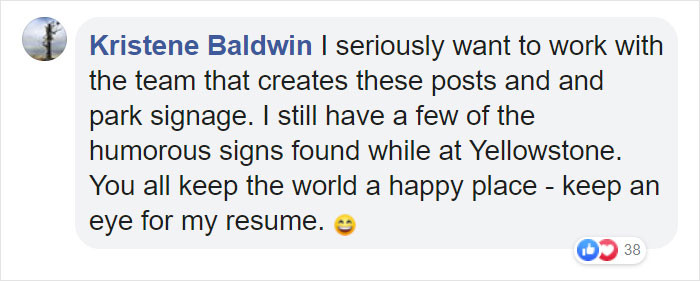
Appreciation for the effort that goes into educating and amusing

Erin shared what we're all thinking

Round of applause for their social media team

Same, Penelope, same

Dory, please don't sacrifice your friends

Employing bear safety tips before this post!
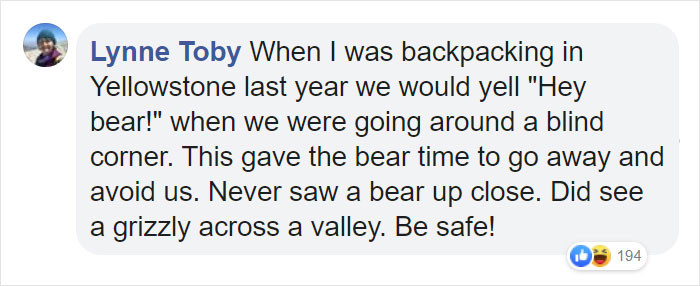
The clarity we didn't know we needed

No matter which National Park you explore, visitors should be prepared for any wildlife encounter. Dr. Gary Chapman, a well-known marriage counselor and author, emphasizes the importance of understanding boundaries, stating, “Just as in relationships, recognizing the space and behavior of wildlife is crucial for safety.”
While wild animals can act unexpectedly, attacks are rare. “Being aware of your surroundings and knowing how to react in these situations is vital,” noted Dr. Chapman.
The clever social media specialist also invites readers to check out more general bear tips here. You can find more of the National Park Service’s signature sense of humor on their official website, where they share a fun collection of safety graphics.
Share this with a friend you definitely wouldn’t (or would, you do you) knock over after running into a bear.
